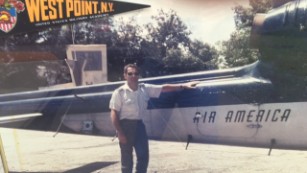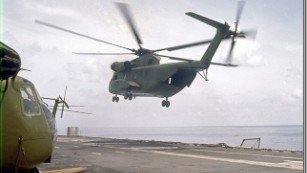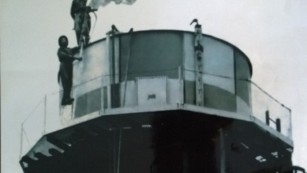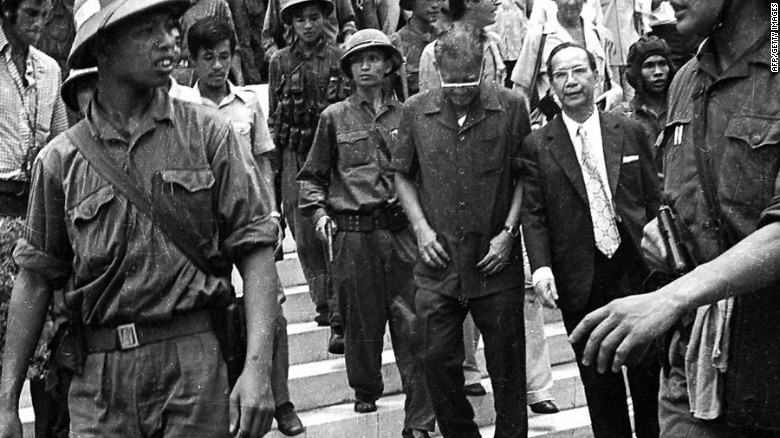The Vietnam War: How they saw it from both sides of the divide
U.S. President Barack Obama is in Vietnam forging stronger ties with a country that was the scene of bitter conflict just over 40 years ago.
The war ended on April 30, 1975, with the fall of Saigon -- now Ho Chi Minh City -- to the Communist north, two years after the withdrawal of U.S. ground troops.
Obama in Vietnam
- Obama lifts arms ban on Vietnam
- Will lifting ban raise tensions with China?
- Vietnam defense spending rising fast
- View from both sides of Vietnam War
- U.S and Vietnam: Unlikely friends
We have two very different accounts of that same extraordinary day. The first, from a U.S. veteran who helped execute a mass evacuation on April 29. The Air America pilot was a part of the largest helicopter airlift in history.
The second, from a retired Sergeant Major who was among the ranks of the North Vietnamese forces. He raised the flag on Davis Camp at Tan Son Nhut Airfield at 9:30 a.m. on April 30.
Set the scene in the final days of the war:
Air America helicopter pilot Robert Caron: We were in denial for a long time. We just didn't think it was going to happen because it had been going on for so long. We thought we'd be there another 10 years doing that. Then, all a sudden, bang, Da Nang fell and that was it.

Air America helicopter pilot Robert Caron
President Thieu, although he had just got back from the U.S. and visiting Congress, telling them he was militarily and politically in control, we knew that was garbage, because he wasn't. In the middle of April, he jumps on a C-130 out of Vietnam. It indicated to everybody that this really was going to end soon.
The last two days, the Ambassador finally realized the end was coming, and he let people try to leave. But by then, the runway had mortar holes so you couldn't take off safely. So it put the evacuation entirely on choppers.

Ret. Sergeant Major Nguyen Van Can.
Sergeant Major Nguyen Van Can: We had been staying in Davis Camp for days, I did not see very much out there.
It was only on the morning of April 30, when I climbed up to raise the flag, that I saw numerous Republic of Vietnam soldiers rushing the streets.
We were banned from listening to the radio. Our Captain wanted to keep us from the "Open Arm" program of the Republic of Vietnam.
What do you remember about the fall of Saigon?
Caron: They finally made the call to evacuate at 11 o'clock. With the clothes on our back, we ran out to Tan Son Nhut Airfield, trying to find a free helicopter to fly.

A powerful CH-53 Sea Stallion helicopter departs the USS Hancock to evacuate Saigon in April, 1975.
I found a chopper, jumped in, and started going out to the rooftops. When I went to the embassy, that's when CIA officer Oren "O.B." Harnage jumped up and said, "I got something I need you to do."
He told me we were to pick up the Deputy Prime Minister and his family. We took off, he directed me to where that rooftop was. As we approached, I said that the Deputy Prime Minister sure had a huge family, because there were 50 people standing on that ladder.
We kept ferrying people back to Tan Son Nhut Airbase, so they could get on the bigger helicopters and get out to the ships at sea. I had seatbelts for seven or eight people. We ended up carrying up to 20 people per ride.
Can: There are two moments that will stay in my mind forever. The first is the visit of President Duong Van Minh to Davis Camp on the afternoon of April 29. They requested a meeting with us. I am the one who opened the gate.

Ret. Sergeant Major Nguyen Van Can (below) and his comrade raise the liberation flag on top of the water tower at Tan Son Nhat airport.
News Courtesy: www.cnn.com











